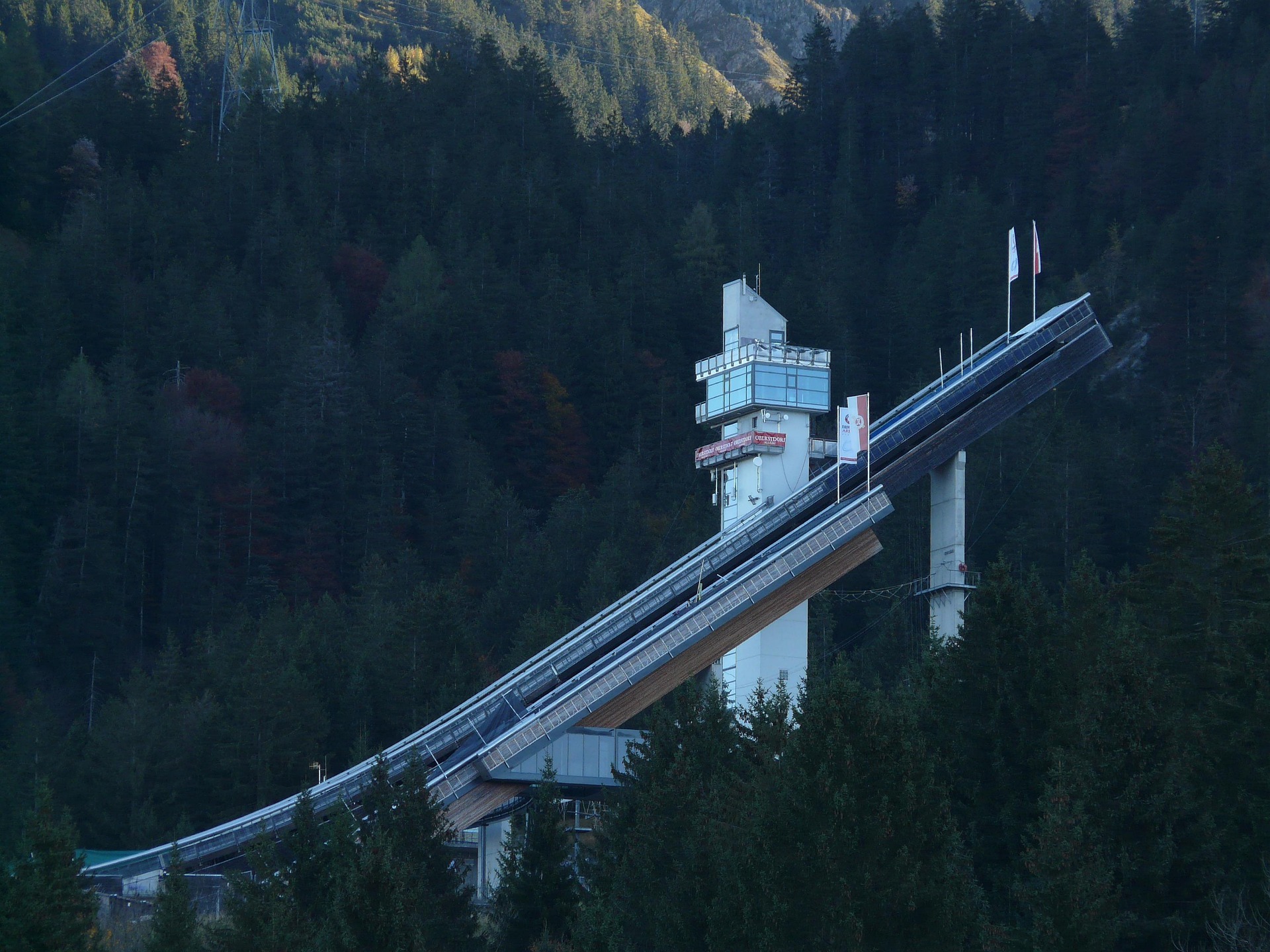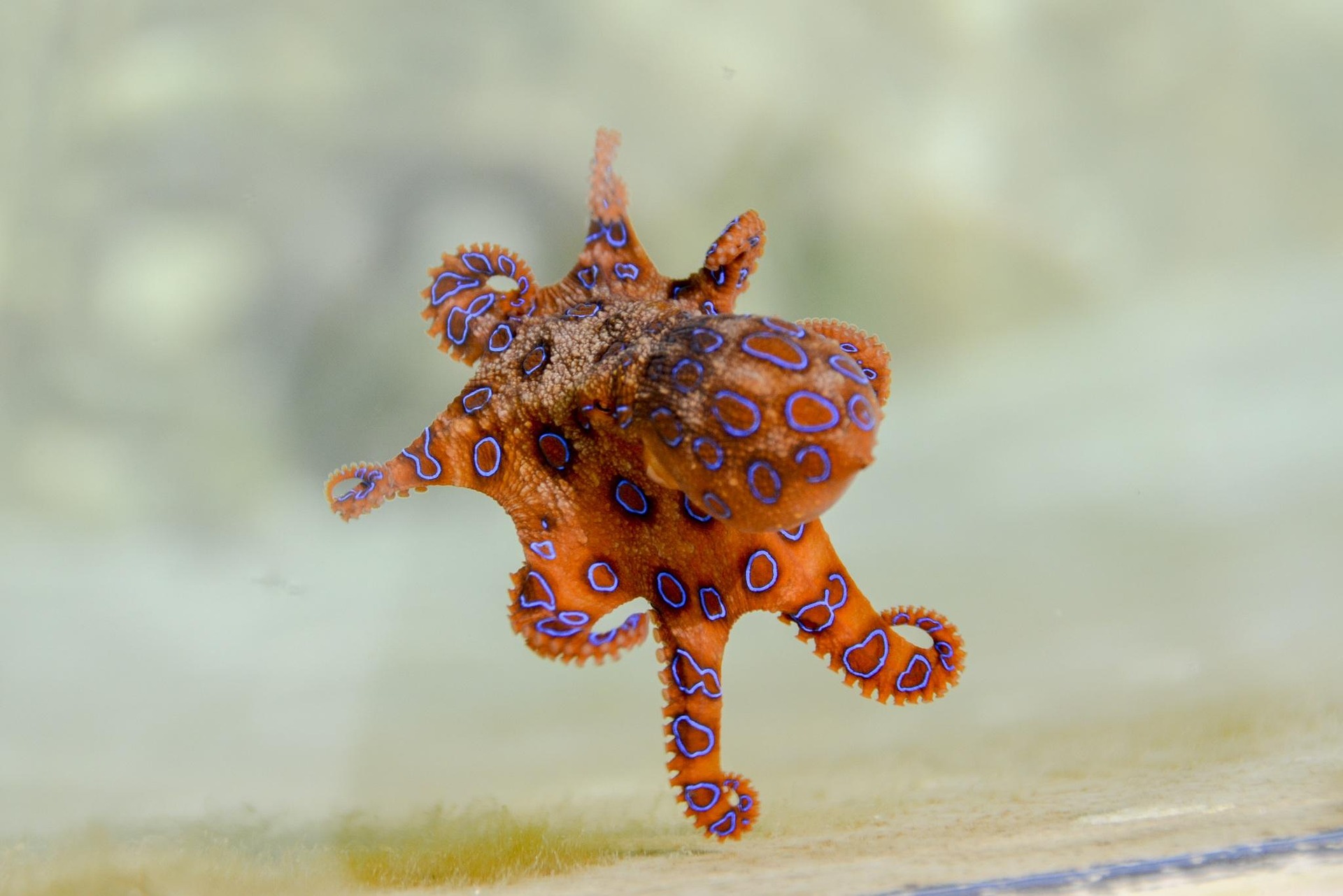Breaking Down the Biomechanics of Ski Jumping: An Intricate Art Form
There is a thrilling spectacle that captivates the world every winter—ski jumping. This high-velocity sport combines acrobatics, aerodynamics, and sheer bravery, and has evolved into a complex art form involving intricately calculated movements. What may seem like mere seconds of flight is actually a culmination of years of practice, strategic techniques, and an understanding of the complex biomechanics that underlie this thrilling sport.
The Origins of Ski Jumping: A Leap into History
Ski jumping dates back over centuries, with origins rooted in Norwegian culture. The first recorded competition took place in 1862 in Trysil, Norway, and the sport’s inclusion in the inaugural Winter Olympics in 1924 boosted its popularity worldwide. Over the years, ski jumping’s techniques and equipment have evolved, driven by advancements in science and technology.
The Biomechanics of Flight: Understanding the Physics
The physics involved in ski jumping is a blend of aerodynamics, kinematics, and biomechanics. At the core of it, the primary goal is to maximize the moment of flight while minimizing air resistance. The V-style, a technique introduced in the 1980s, revolutionized the sport. This style, characterized by spreading the skis into a V-shape during flight, increases surface area and lift, enabling jumpers to fly further while maintaining stability.
Training for the Jump: A Mix of Skill and Strength
Ski jumping demands an intricate blend of physical prowess and technical skill. Training involves enhancing core strength, flexibility, balance, and aerobic fitness. It also calls for mastery of the three crucial phases of ski jumping: the in-run, the take-off, and the flight. Each phase requires specific techniques and movements that, when executed correctly, can significantly enhance performance and distance.
Mastering the Mind-Body Sync: The Psychological Aspects
The mental aspect of ski jumping is as crucial as the physical. Athletes must conquer fear, manage stress, and maintain focus. Mental preparation techniques, such as visualization and mindfulness, are often used to mentally rehearse jumps and manage the psychological demands of this high-risk sport.
Enhancing Performance: The Role of Equipment
The role of equipment in ski jumping is pivotal. The design and quality of the skis, suit, helmet, and bindings can significantly affect an athlete’s aerodynamics and control during flight. Modern ski jumping equipment is meticulously designed to maximize lift, minimize drag, and provide stability and control during flight.
In conclusion, ski jumping is a sport that demands more than just physical prowess—it requires a deep understanding of biomechanics, mastery of mind-body synchrony, and apt usage of specialized equipment. It’s a testament to the fact that sports are not merely physical pursuits but intricate art forms that are continually evolving. As we peel back the layers of ski jumping, we gain an appreciation for the sport that extends far beyond the thrill of the jump—it’s a fusion of science, art, and human determination.





